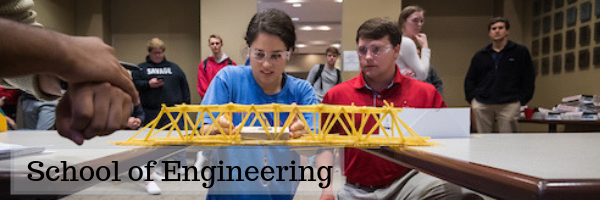
Faculty and Student Publications
Document Type
Article
Publication Date
1-1-2019
Abstract
Copyright (c) the author(s). This is an open access article under CC BY license (https://creativecommons.org/licenses/by/4.0/) Background: Slips and falls account for high rates of injury and mortality in multiple populations. The corrective responses during the slip perturbation have been well documented. However, when a fall results from a slip, it is unclear which of these responses were inadequate. Objective: The purpose of this study was to examine differences in lower extremity corrective responses of the slip recovery response between individuals who fall and those who recover. Methodology: Sixty-four participants completed this study (32 males & 32 females). Participant’s gait kinematics and kinetics were collected during normal gait (NG) and an unexpected slip (US). A prediction equation for slip outcome and slip severity were created using a binary logistic regression model. Results: Our findings show an increased time to peak hip extension (OR = 1.006, CI: 1.000-1.011) and ankle dorsiflexion (OR = 1.005, CI: 1.001-1.009) moments increased the odds of falling, while the average ankle moment was negatively associated with falling (OR = 0.001, CI: 0.001-0.005). Conclusions: Rapid lower extremity corrective responses appear critical in arresting the slip and preventing a fall. While there are various strategies for slip recovery, our findings suggest that the primary recovery mechanism at the slipping hip may play a vital role in preventing the fall.
Relational Format
journal article
Recommended Citation
Wilson, S. J., Donahue, P. T., Williams, C. C., M. Hill, C., Simpson, J. D., Waddell, D. E., Loenneke, J. P., Chander, H., Wade, C., & Garner, J. C. (2019). Differences in Falls and Recovery from a Slip Based on an Individual’s Lower Extremity Corrective Response. International Journal of Kinesiology and Sports Science, 7(3), 34. https://doi.org/10.7575/aiac.ijkss.v.7n.3p.34
DOI
10.7575/aiac.ijkss.v.7n.3p.34
Accessibility Status
Searchable text

